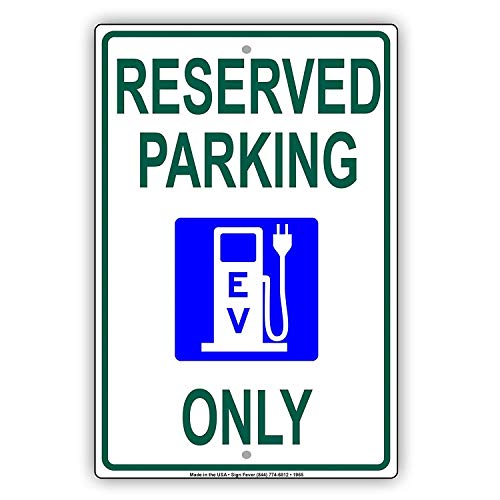anko said:
ultralights said:
over these type of trips i have found that starting in save mode results in the least fuel used over 500km.
Compared to what other strategies? Have you tried letting the SOC run down and build it back up, just in advance of needing it? Like a few miles before entering one of these towns? Or maintaining for example 40% SOC (on the gauge) instead of as much as possible?
I agree, saving some battery charge for hill climbing probably could be advantageous when it allows you to climb a hill in parallel mode rather than serial mode, both from a comfort perspective as from an efficiency perspective. But how much charge do you need for this? Especially when you realise that some of it may be recovered on your descent at the other side of the hill ....
todays trip was a 300km round trip, climbing from sea level to 1300 mtrs about 150km into the drive.. and return, fuel use was 6.2 L/100Km. leave home, set save mode, battery drops about 10% before engine fires up. up climb, battery dropped from 90% to about 40% in save mode, drive down regenerated to about 60%, which was left on save for run home then EV only for the last 20km to arrive with battery just about empty.
the same trip after letting it run to 0 on the dash, then setting charge mode before the climb, resulted in battery only getting back from 0 on the dash to about 1/4 then the battery draining to 0 while during the run up the mountain, resulting in LOTS of RPM climbing at speeds below 60kph, coming back down regained about 20%, then charge until i had enough battery to make it home on EV only, fuel used was about 8 L/100km.


































